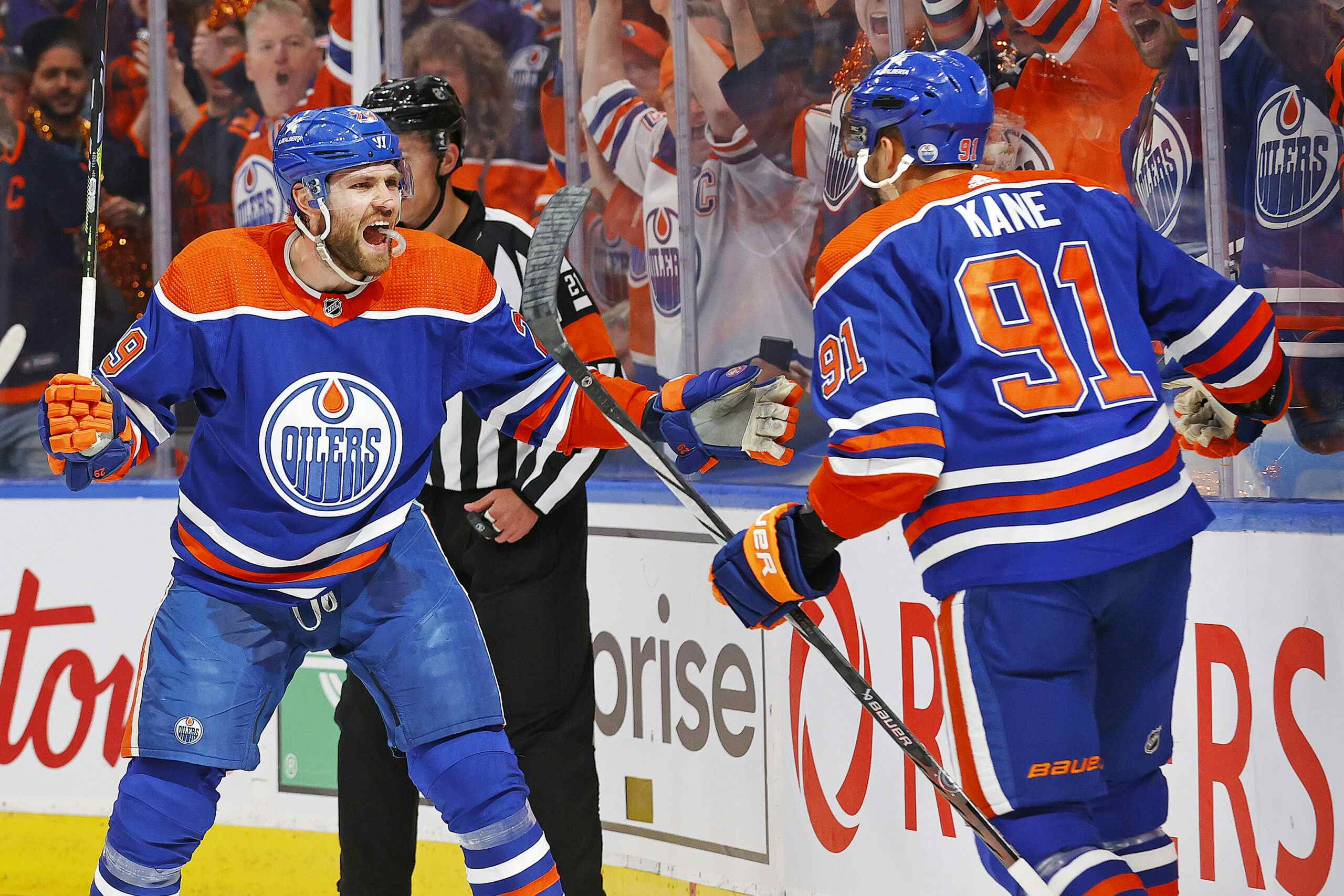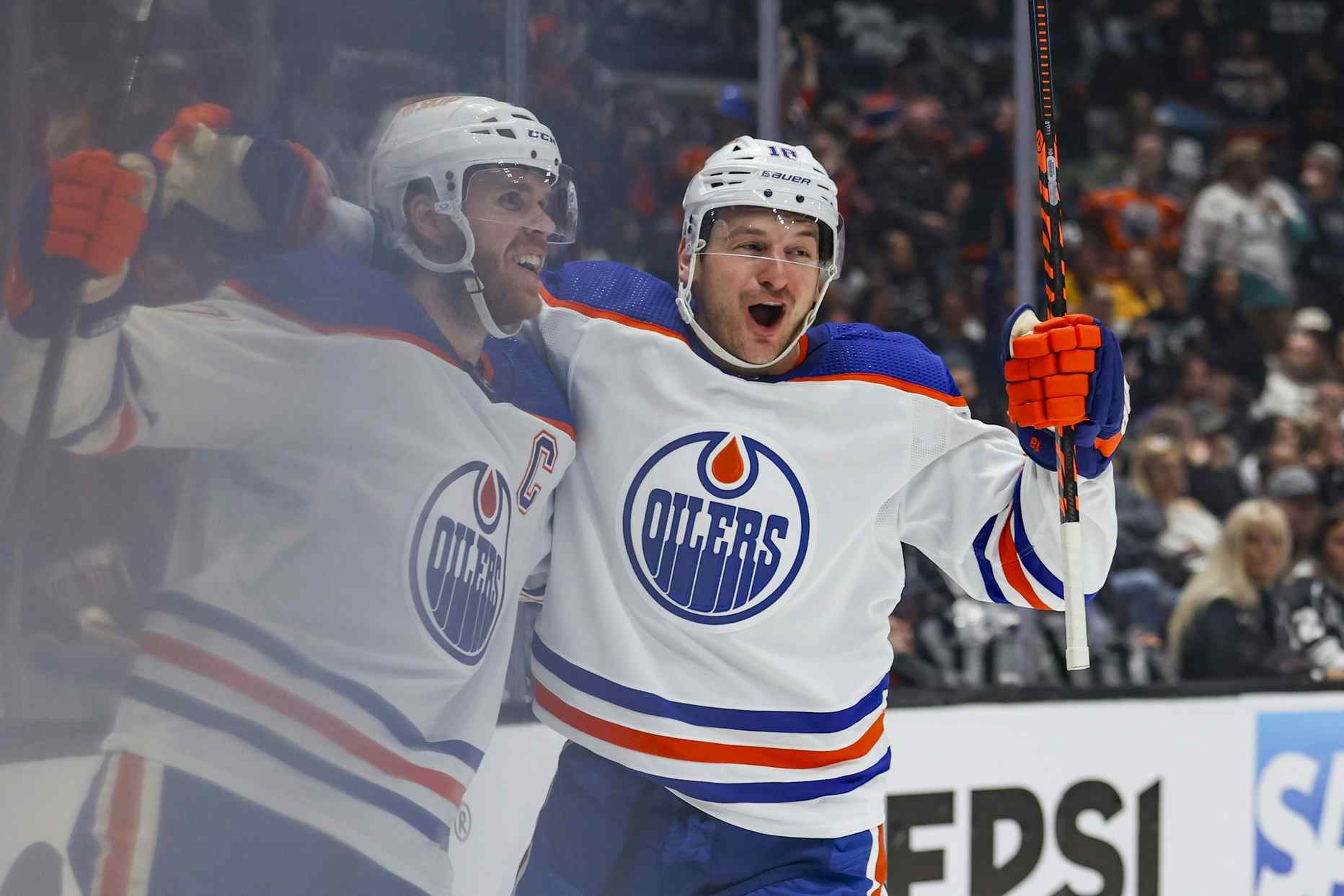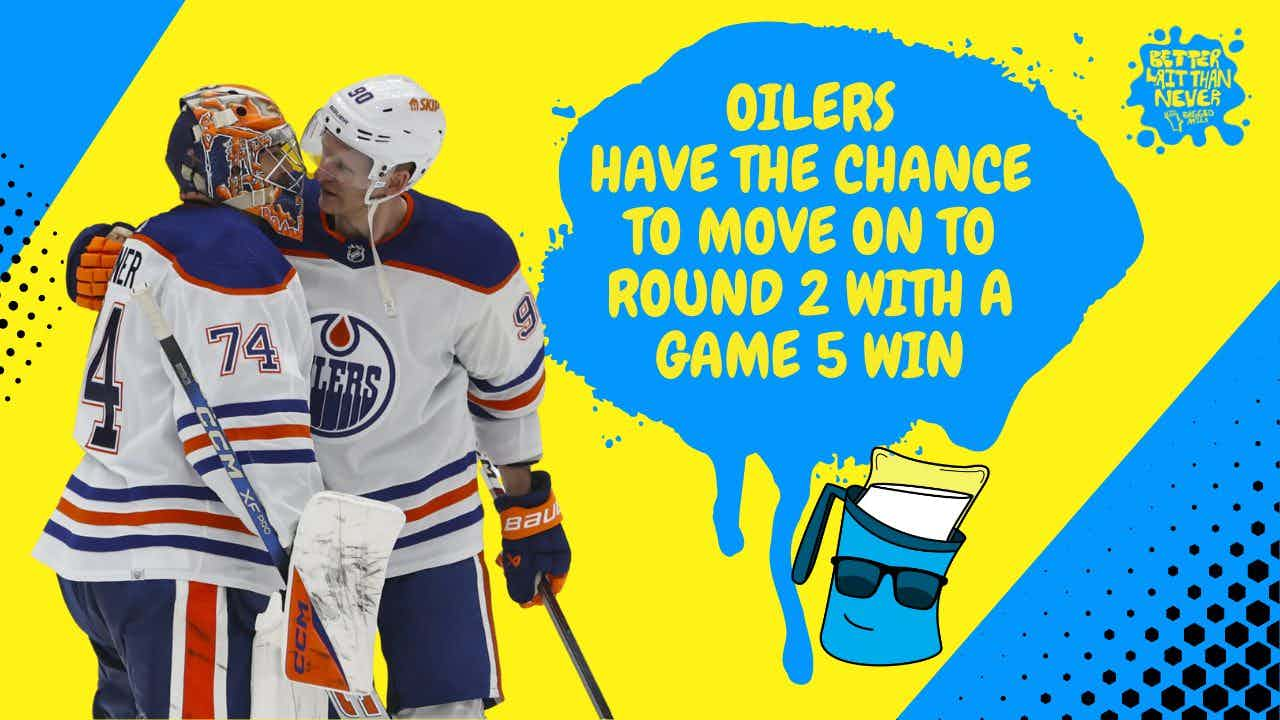Does the NHL need a Second Minor League?
By Lowetide
13 years ago
This is Serge Savard, age 20. The young defender had completed his junior career and began the long climb up the Montreal Canadiens depth chart. The Habs (and other NHL teams) had long since discovered many prospects were unable to adjust to the rigors of the AHL, so a second league was placed in the American south. Some of the best NHL players of the 1970’s made their pro debuts in cities like Houston, Oklahoma City and Tulsa. The NHL might be wise to have another long look at the idea of a second professional league.
In the early 1960s NHL GMs noticed that the pipeline between the minors and the NHL had slowed down alot. There were several reasons for it (the WHL was gearing up to become a second major league, which was shot down by the 1967 expansion) but a lot of the problem came when new pro’s fell out of the AHL because the step up was too difficult. The bottom line was that something had to be done to bridge the gap.
The NHL developed a second minor league, the CPHL (Central Professional Hockey League). It was a de facto development league. The clubs built all kinds of roster requirements (each club carried only 15 players and 10 of those had to be under 23) in order to fast track the cream of each organization to a higher tier. The result was a much better average in terms of developing young talent, as these kids had somewhere to go once they turned pro.
That 1966-67 Apollo team Savard played on delivered an enormous number of quality players to the NHL. Danny Grant, Jacques Lemaire, Pat Quinn, Rogie Vachon, Mickey Redmond and Carol Vadnais were some of the names that would eventually find their way to the NHL. Even considering expansion (and 120+ new jobs), the CPHL allowed many quality players to transition successfully during this time.
- Isn’t that what the ECHL does? No, not really. The Oilers didn’t send any top end prospects to Stockton last season. The best Oiler player on their roster was probably Cody Wild. The best player who was there all season might have been Jordan Bendfeld. The "AA" league might look like it did in the 60s: 10 young prospects and a few veterans to help the process. That means all teams would be providing much better prospects.
- Which Oiler prospects last year would have been candidates? A lot of them. Among the D, Johan Motin, Alex Plante and Taylor Chorney would have been candidates. Up front, Slava Trukhno, Bryan Lerg, Geoff Paukovich. Liam Reddox did spend his first pro season in the ECHL and would be an example of the type of thing I’m talking about in the new development league. For the coming season, Phil Cornett and Jeff Petry might be examples of players who could benefit from this league.
- What would be the positives for the players? They’d be getting playing time at the pro level and developing in a league where about 70% of the opposition is in the same age range. Their status as regulars (and the small roster size) would guarantee playing time. We don’t have TOI totals for the AHL, but it is a certainty that someone like Paukovich would have played more in the ECHL (and had a bigger role) than he did in the American League. A player like Petry might be able to get his bearings during a 20-game stay and then move up to the AHL without getting run over ala Taylor Chorney. That has value to player and team.
- What would be the positives for the team? Teams would be able to sign more minor league veterans and therefore have better depth in the organization if injuries occur. The overall quality of the league would be better since the depth would be much better. The batting average might improve in terms of drafting success (fewer failures) and their AHL clubs would be stronger and better able to overcome a rash of injuries.
- Anything else? Yes. I think the second tier might be a good spot for junior players who are overqualified for the CHL but are ineligible to play in the AHL. It would require a rule change, but the NHL does that kind of thing to suit their needs all the time (getting Lou his rifleman being the latest example).
- What leagues would be affected? Aside from the CHL (mentioned above), the Euro leagues would be impacted at some level since NHL teams would be adding as many as 15 roster spots.
- From the current group of Oiler pro players, recent pro signings and CHL/Euro/college bound prospects, which 10 players would you nominate for this season’s experiement? G: Bryan Pitton. D: Johan Motin, Jeff Petry, Jordan Bendfeld, Kyle Bigos. F: Phil Cornet, Milan Kytnar, Teemu Hartikainen, Toni Rajala, Anton Lander.
- From the current group of Oiler pro players, which 5 players would you nominate in the "veteran" group for this season’s experiment? D: Jason Strudwick, Josef Hrabal. F: Chris Vande Velde, Matt Marquardt. The fifth veteran would probably be a goaltender.
- You’ve listed some very good young prospects, like Vande Velde, Hartikainen and Petry. If those players can’t make the AHL as rookie pro’s then there isn’t much hope for them. It is a matter of changing your perspective. Lets take Johan Motin as an example. Last year, he was sheltered in the AHL at age 20 (he played his first 2 AHL games at 19) and might have been better served by playing more minutes at the pro level against players (mostly) his own age. You can make the argument it would have been better for his development. More sorties, more knowledge.
- Can you give examples of players who "got away" who might have benefited from this kind of thing? This summer, the Oilers sent away Bryan Lerg, Slava Trukhno, Josef Hrabal and Geoff Paukovich. A prospect’s failure is a shared blame: player, but also scouts, coaches, injuries, shared affiliates (GM), not spending the dollars required to sign these kids in a timely manner (ownership) and a few more I’m not thinking of at this moment. But I think some of the blame for the Oilers kids (especially the AHL group) is that this decade’s prospects simply didn’t play enough once turning pro. A second team–at a lower level–makes certain the club gives each signed pro prospect a better chance to succeed by adding a rung to the development ladder. Or at least that’s what I’m suggesting.
NOTE: I’ve written on this subject a few times before, but this particular post was inspired by an item at Oilers Republic. If you have the time, give it a read.
Recent articles from Lowetide





